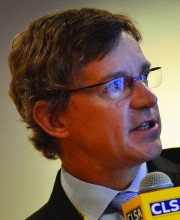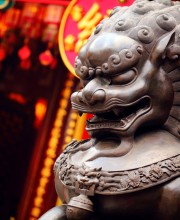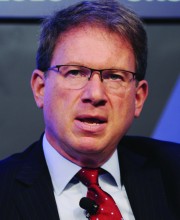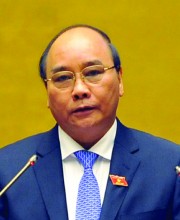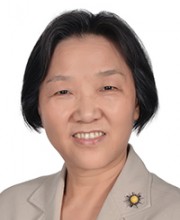THE Coface global average of country ratings, which measure the average company credit risk in 160 countries, is at a peak not seen since the early 2000s, when the ratings were first created.
Reason 1: Sluggish world economic growth — The global economy remains stuck in a “Japanese-style” trap of sluggish growth, with few improvements even likely in 2017, which Coface believes may be the sixth year in which the global economy grows below 3%. Continuously sluggish global growth has been and is expected to continue to dampen business investment and consumer spending sentiment, weighing on demand.
Reason 2: Low world inflation — Consumer prices worldwide on average are expected to increase only 2.8% this year and by 3.0% in 2017, according to the International Monetary Fund (IMF). This would probably reduce the pricing power of companies, squeezing profit margins.
Reason 3: Sluggish energy and metal price recovery — While the rise in the price of a barrel of oil between February and June 2016 (from less than US$30 to around US$50) offers hopes to the economies that are not very
export-diversified, the price remains 55% below that of June 2014 and does not enable companies to increase profitability in this sector worldwide.



